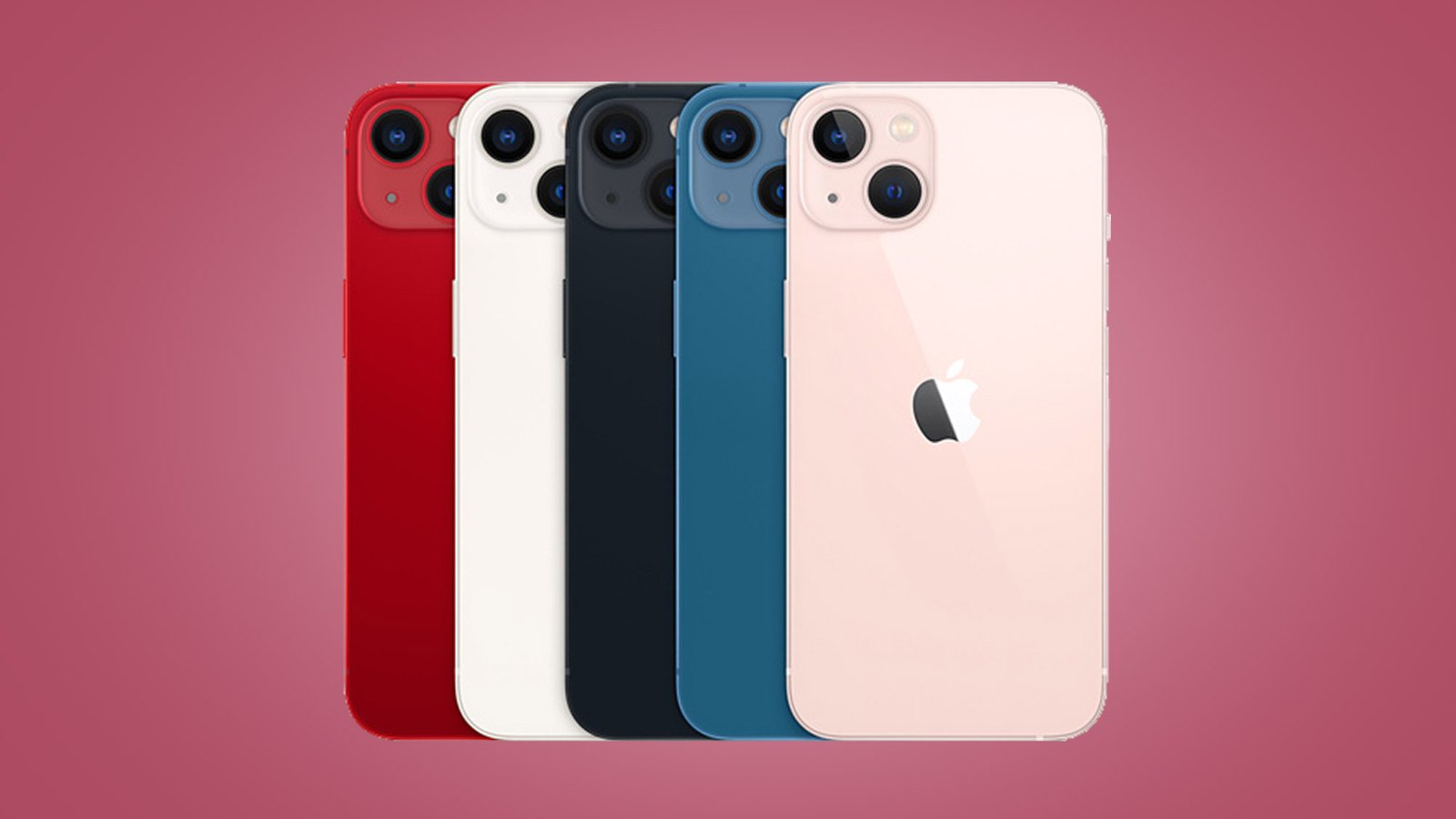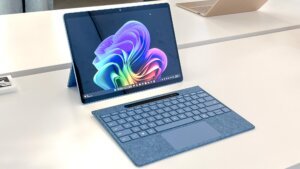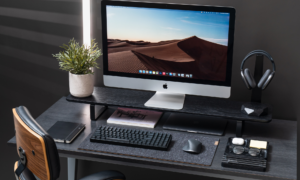Four years after its debut, the iPhone 13 remains a standout value for users who want reliable iOS performance without a flagship price. But does it still compete against the latest iPhones and Android rivals? Here’s a deep dive into how the iPhone 13 compares across performance, cameras, AI, battery, software longevity, and value.

Performance & Longevity
The A15 Bionic chip in the iPhone 13 still holds up remarkably well for typical tasks like social media, browsing, and video streaming. However, its 4GB of RAM is a limiting factor for heavy multitasking compared to the 8GB+ found in today’s flagships. While you can expect at least 3-4 more years of iOS updates, it’s worth noting that iOS 18 has shown some performance reductions on older phones. For comparison, Android leaders like Samsung and Google now offer an impressive 7 years of updates.
Camera & AI Features
The iPhone 13’s dual 12MP cameras are reliable for good daylight shots but lack the detail and low-light performance of newer 48MP iPhone and 200MP Samsung sensors, which are at the forefront of the ongoing foldables vs. flagships debate. Crucially, the iPhone 13 misses out on Apple’s latest AI toolkit, Apple Intelligence, which is reserved for newer models. This means no advanced on-device AI, generative emoji, or the revamped Siri, features that are central to the 2025 smartphone experience on both iOS and Android.
Comparison: iPhone 13 vs. 2025 Flagships
| Feature | iPhone 13 | iPhone 16 | Galaxy S25 Ultra | Pixel 10 Pro |
|---|---|---|---|---|
| Processor | A15 Bionic | A18 | Snapdragon 8 Elite | Tensor G5 |
| RAM | 4GB | 8GB | 12GB / 16GB | 12GB |
| Main Camera | 12MP Dual | 48MP Dual | 200MP Multi-Lens | 50MP Multi-Lens |
| Battery | 3,227mAh | ~3,561mAh | 5,000mAh+ | ~5,000mAh |
| AI Features | Limited | Apple Intelligence | Galaxy AI | Magic Cue, Camera Coach |
| Updates Until | ~2028/29 | ~2032+ | ~2032+ | ~2032+ |
Conclusion: Who Should Buy the iPhone 13 in 2025?
The iPhone 13 remains a solid choice for specific use cases in 2025, particularly for users seeking reliable iOS performance at a budget-friendly price. Its A15 Bionic chip handles everyday tasks smoothly, and iOS 18 compatibility ensures continued software updates through approximately 2028.
Choose the iPhone 13 if you: need affordable iOS access, prioritize proven reliability over cutting-edge features, or want to test the iOS ecosystem without significant investment. The device excels for basic smartphone needs including calling, messaging, social media, and casual photography.
Consider alternatives if you: want AI features, need superior camera performance, require maximum battery life, or prefer longer software support. The iPhone 16 offers comprehensive Apple Intelligence integration, while Android flagships provide better specifications, longer battery life, and competitive pricing with extended update commitments.
Further Reading & Sources
- iPhone 13 Technical Specifications – Apple
- iPhone 15 vs iPhone 13 – PhoneArena
- iPhone 16 vs iPhone 13 – PhoneArena
- iPhone 13 – Wikipedia
- iOS 18 Compatibility – Macworld
- Used iPhone 13 Prices – BankMyCell
- iPhone 13 vs iPhone 15 – TechRadar
- iPhone 16 Official Page – Apple
- Samsung S25 Ultra Review – Tom’s Guide
- OnePlus 13 Specs
- Best Camera Phone – TechRadar
- Pixel 10 AI Features – Google Blog
- Buy Used iPhone 13 – Swappa
- Apple Intelligence Overview
- Best Cheap Phones 2025 – CNET
- Best Battery Life Phones – GSMArena




